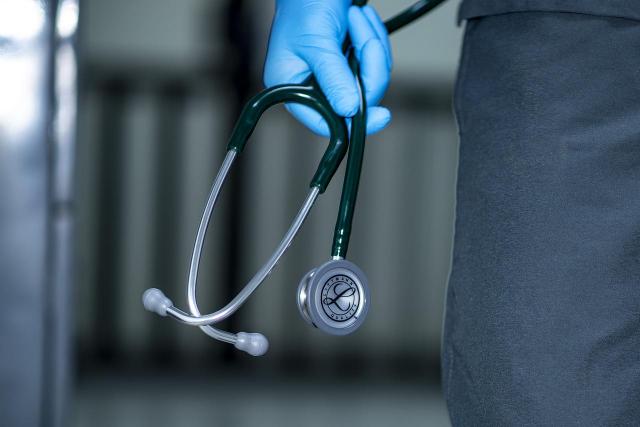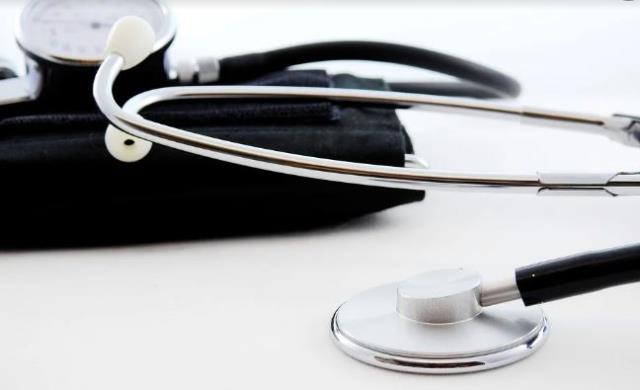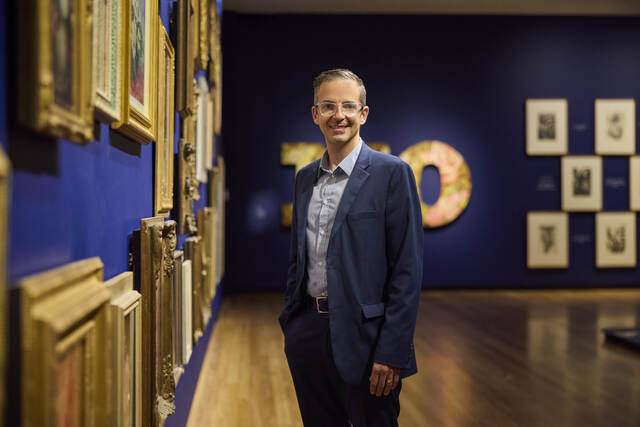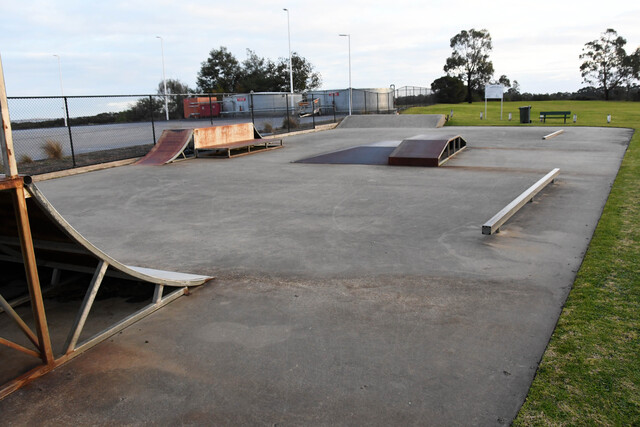Going ‘back to the future’ to understand how natural antibiotics evolve could unlock new and effective treatments for potentially deadly superbugs.
Co-led by researchers in Monash University’s Biomedicine Discovery Institute (BDI) and the Cluster of Excellence “Controlling Microbes to Fight Infections” (CMFI) at the University of Tübingen in Germany, the project has for the first time characterised a type of antibiotics that includes last-resort drug vancomycin.
Researchers are confident that the vital new information, published in Nature Communications, will enable the development of next generation superbug treatments.
Antimicrobial resistance (AMR) is one of the top global public health and development threats according to the World Health Organisation*. Research led by the BDI and the University of Tübingen has taken a novel approach to reinventing ancestral antibiotic production.
The paper’s co-senior author, Professor Max Cryle, said that most antibiotic substances came from nature, including vancomycin.
“Vancomycin is a really interesting antibiotic,” Professor Cryle said. “While antibiotic development is fraught, we took heart from the fact that vancomycin and derivatives of it have remained in clinical use for over 50 years. How come these compounds are so successful?
“Before we can fully answer that question, we need to understand how nature has evolved the compounds themselves and their natural production pathways. Knowing how these pathways and strategies work is crucial in order to be able to synthesise new antibiotics.
“Then we can focus our efforts on understanding how we can use those approaches together with our engineered enzymes to produce new antibiotics.”
Professor Cryle likened synthetic biology to the Roman invention of concrete.
“Once upon a time we had to build structures with stones from nature,” he said. “And then we figure out what’s the composition of the stone and how to replicate that synthetically, and then suddenly boom! You can build really fast.
“Similarly, what we want to do with antibiotic production is understand how nature works, understand that diversity and their processes, but then use it in ways that nature simply hasn’t done. We can win the game because we’ve got more playing cards than nature originally dealt us.”
The research team is interested in the glycopeptide antibiotics [GPA], of which vancomycin is the best known. Vancomycin is produced naturally by bacteria, biosynthesised by a long ‘assembly line’ process during which various amino acids are linked to form the peptide involved.
“The GPAs are a good class to focus on because there’s something about how they work that makes it hard for bacteria to bypass them,” Professor Cryle said. “The compound structure is rigid, which makes it good at binding its target. But, they are also hard to synthesise.”
Professor Cryle said their group had characterised the evolution of GPAs and tested the process computationally and experimentally. “We looked at the GPA assembly line biochemically, structurally, and through altering the strain that actually produces these compounds, to produce our own production pathway,” he said.
“Now that we understand how this works, we can use these design principles ourselves to change these antibiotics to make new compounds to fight antimicrobial resistance.”
Engineering large natural product assembly lines is a key goal of synthetic biology. Professor Cryle said that this would allow scientists to exploit the massive natural diversity in these assembly lines to produce designer molecules in an environmentally friendly way.
“We as a society are badly in need of new antibiotics to overcome resistance,” he said. “Almost all clinical antibiotics come originally from natural sources, and producing new ones at scale requires us to invest in engineering the complex assembly lines that make these antibiotics.
“Our techniques would allow the production of derivatives of this class that also use current industrial production processes, thus greatly reducing the time it takes to commercialise such molecules.
“While purely synthetic efforts can show the way antibiotic development should go, we are now trying to find ways to take this knowledge and to integrate it effectively into natural production pathways.
“We have identified the multiple methods that nature has used in evolving vancomycin-type antibiotics, and we can start to apply these to change the assembly lines to produce new antibiotics.”
*World Health Organisation, Antimicrobial Resistance (who.int/news-room/fact-sheets/detail/antimicrobial-resistance)
Read the full paper published in Nature Communications, titled Resurrecting ancestral antibiotics: unveiling the origins of modern lipid II targeting glycopeptides (nature.com/articles/s41467-023-43451-4)








